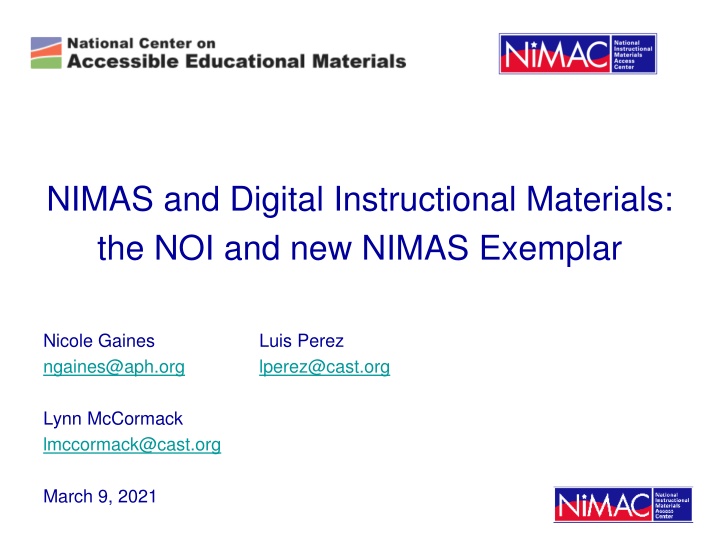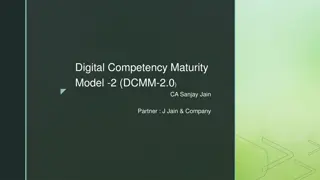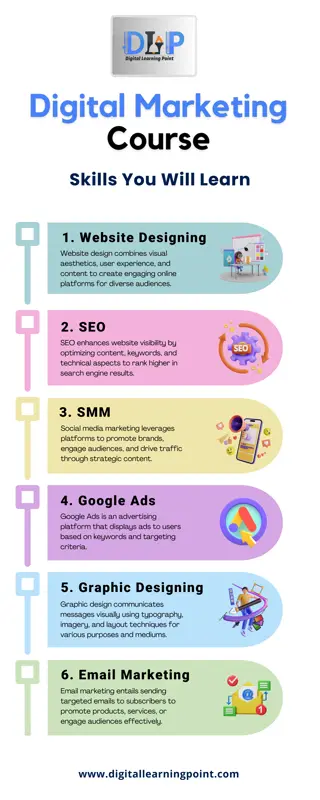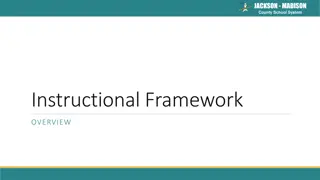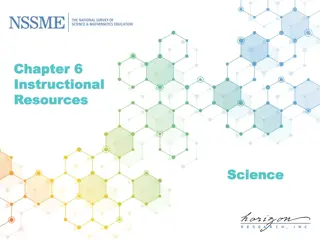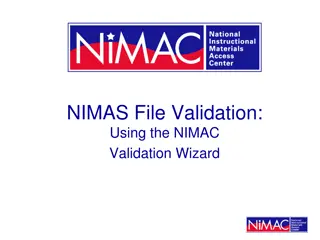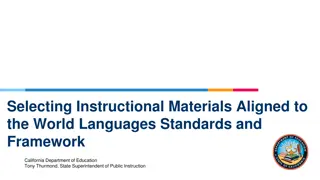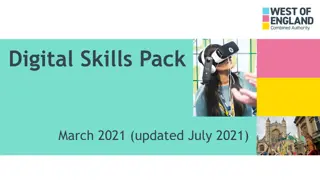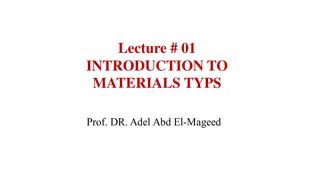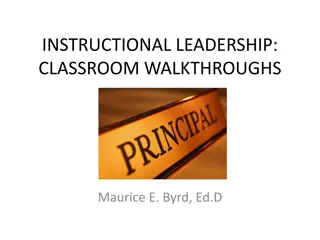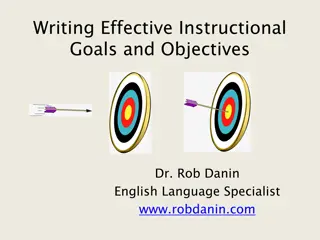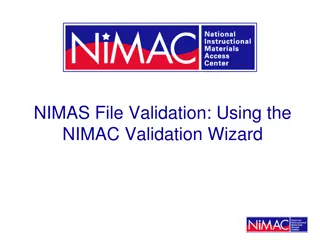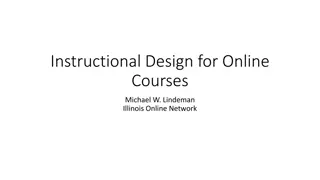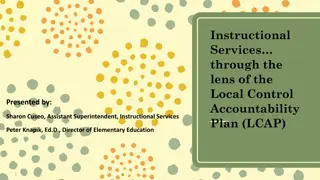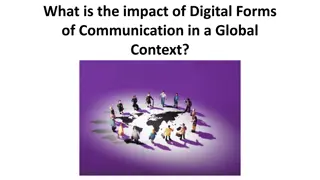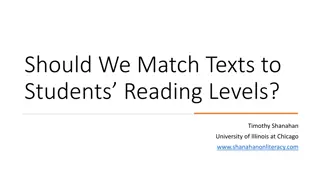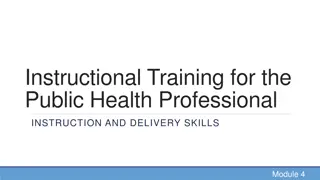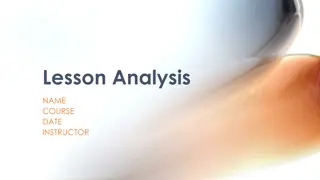NIMAS and Digital Instructional Materials
The Notice of Interpretation and the New NIMAS Exemplar. Learn about NIMAS format, procurement, and serving students with disabilities through accessible digital materials. Explore the impact of the NOI on digital instructional materials and the scope of NIMAS/NIMAC. Discover how NIMAS can benefit students with disabilities by providing accessible formats like braille."
Download Presentation

Please find below an Image/Link to download the presentation.
The content on the website is provided AS IS for your information and personal use only. It may not be sold, licensed, or shared on other websites without obtaining consent from the author.If you encounter any issues during the download, it is possible that the publisher has removed the file from their server.
You are allowed to download the files provided on this website for personal or commercial use, subject to the condition that they are used lawfully. All files are the property of their respective owners.
The content on the website is provided AS IS for your information and personal use only. It may not be sold, licensed, or shared on other websites without obtaining consent from the author.
E N D
Presentation Transcript
NIMAS and Digital Instructional Materials: the NOI and new NIMAS Exemplar Nicole Gaines ngaines@aph.org Luis Perez lperez@cast.org Lynn McCormack lmccormack@cast.org March 9, 2021
Todays Webinar Part One: The Notice of Interpretation What is the NOI? Digital Materials and the NIMAS Format NIMAS & Procurement Born Accessible Materials
Todays Webinar (continued) Part Two: The New NIMAS Exemplar Digital Material as a Source for NIMAS Introduction to Clusive Demo of Clusive title - All About Coyotes The Exemplar Introduction Table of Contents Images Glossary terms Metadata Q & A
Notice of Interpretation on Digital Instructional Materials In May, OSERS/OSEP published a Notice of Interpretation clarifying that the definition of print instructional materials in IDEA includes digital instructional materials. (C) PRINT INSTRUCTIONAL MATERIALS The term 'print instructional materials' means printed textbooks and related printed core materials that are written and published primarily for use in elementary school and secondary school instruction and are required by a State educational agency or local educational agency for use by students in the classroom.
Scope of NIMAS/NIMAC Before the Notice, the NIMAC was only able to accept NIMAS files for instructional materials published in a hard copy print format. As of last spring, the NIMAC is able to accept NIMAS files for instructional materials that are distributed to students in a digital format (i.e., with no printed book equivalent). To date, the NIMAC has accepted 44 files for digital instructional materials.
Serving Students with Disabilities Not all digital instructional materials are accessible. When students with disabilities are unable to use the digital format distributed to other students, NIMAS can be the starting point for producing braille and other accessible formats.
The NOI and the NIMAS Format The NIMAS 1.1 format has not changed. This format, based on the DAISY Standard, is designed to capture the content, structure and linear reading order of printed books. Digital materials must meet the requirements of the NIMAS specification--including metadata requirements--to be submitted to the NIMAC. At this time, this includes having an ISBN.
Which materials are suitable for supplying in NIMAS format? Digital instructional materials that are primarily composed of static images and text, with minimal or no interactivity, are appropriate for conversion into NIMAS format. For example, a digital text that is distributed as a PDF to schools could be appropriate for conversion into NIMAS.
What materials are not suitable for supplying in the NIMAS format? Highly interactive digital materials cannot be converted into NIMAS. Many products such as educational games, software and apps are not appropriate for conversion into NIMAS. Standardized tests also remain outside of scope for NIMAS, whether they are print or digital.
NIMAS & Procurement There is no blanket requirement under IDEA 2004 for publishers to submit NIMAS for print or digital instructional materials. The NOI has not changed the mechanism for states and districts to require NIMAS from publishers. Customers must still require NIMAS at the point of procuring instructional materials by including this requirement in their adoption contracts and purchase agreements.
NIMAS Exemption for Born-Accessible Materials To promote the production of digital instructional materials that are accessible out of the box, the NOI provides an exemption for materials that meet WCAG 2.0 AA requirements. Digital materials that meet this standard do not have to be supplied to the NIMAC. We anticipate that this benchmark for accessibility will evolve as standards change.
The Need for Braille Although there is a NIMAS exemption for digital instructional materials that meet WCAG 2.0 AA, in some cases hard copy braille will remain the appropriate accessible format for a student. It may still be necessary for publishers to provide some type of source file for braille production, if the accessible digital format distributed to schools cannot be used for this purpose.
Additional Resources The Notice The complete notice as published in the Federal Register is found at: Final Notice of Interpretation. An accessible version of the Notice can also be accessed at: Final Notice-Word Doc. Additional Guidance from NIMAC and the AEM Center FAQ: The NIMAC and Digital Materials FAQ: NIMAS and Digital Materials
Contact us! NIMAC nimac@aph.org 877-526-4622 https://nimac.us National AEM Center aem@cast.org https://aem.cast.org/ The content of this resource was developed under a grant from the US Department of Education, #H327E160001. However, these contents do not necessarily represent the policy of the U.S. Department of Education, and the reader should not assume endorsement by the Federal Government. Project Officer: Rebecca Sheffield.
